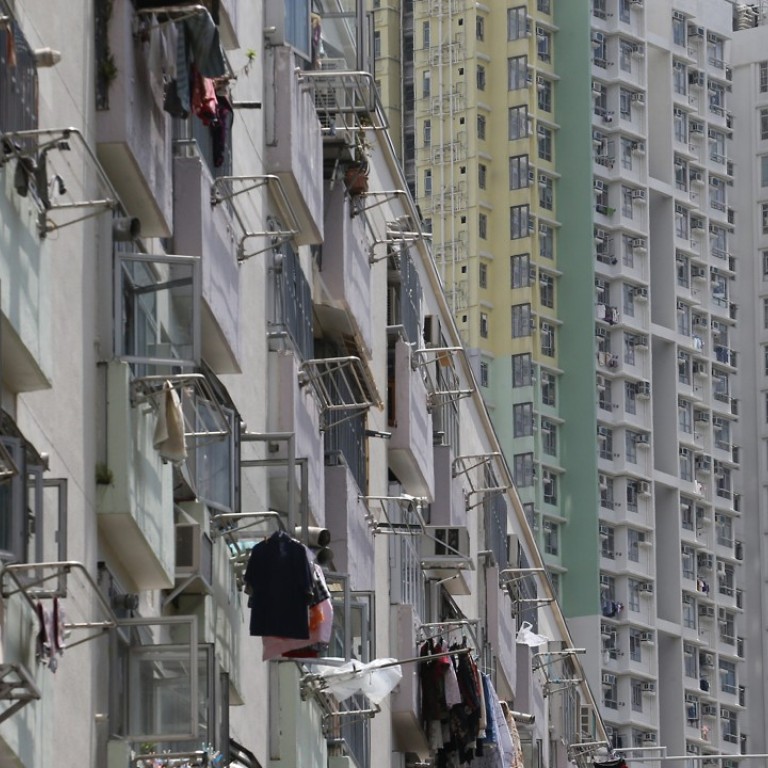
Hongkongers searching for some room to breathe in most expensive city to purchase a home
Pursuit for living space grows arduous as flat prices soar, incomes fall further behind and the wait for public housing climbs to more than four years
A small patch of land of about 300 sq ft is hidden in an obscure alleyway in a trendy part of Central, surrounded by old walk-ups and wire fences. It is designed to be a pocket park for pedestrians to rest in, but it looks like a prison cell.
Angil Ng, a 72-year-old security guard, is half an hour early for his shift and sits on the bench reading a newspaper as the pipes, ventilation fans and cooling systems give off a rather industrial buzz.
The branches of a tree outside the fence reach into the otherwise barren park, providing a bit of shade for anyone venturing inside. A single long bench is placed with its back against narrow Chung Wo Lane off Staunton Street. Those who sit on it will face the light-blue wall of a building packed with pipes and air conditioners.
“This is the smallest park I’ve ever been to,” Ng says. “If I just happen to walk past, I never come in. You don’t get any fresh air here.”
Ng and his wife live in a government-subsidised rental flat on the Shek Pai Wan Estate in Aberdeen, but their daughter, in her 40s, has been struggling with the city’s skyrocketing rents. She pays HK$5,000 a month for a 200 sq ft subdivided unit in rural Yuen Long. Five years ago that sort of money would have got a place of at least 400 sq ft.
“The park is a bit like Hong Kong,” Ng says. “You are like in jail no matter at home or outside.”
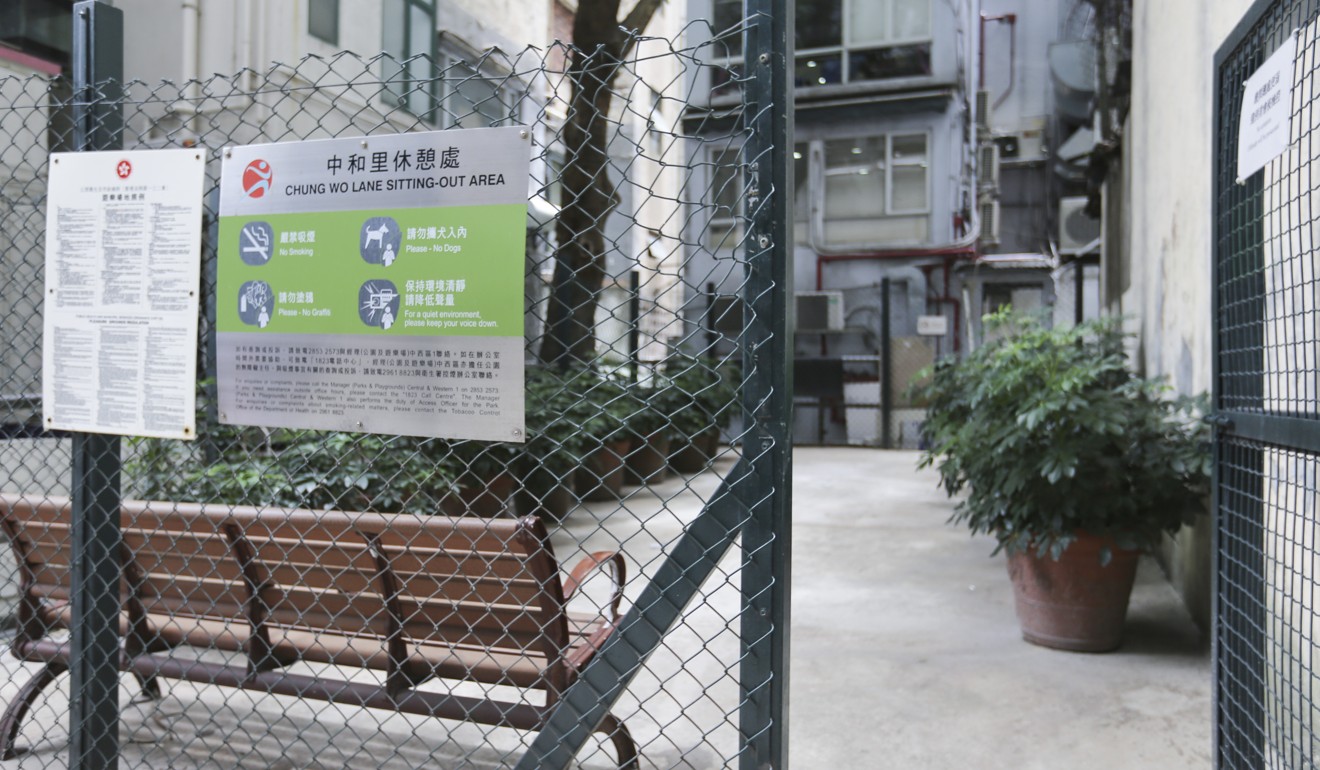
Critics blame the government, accusing it of withholding land supply during the market downturn, not putting in any effort to improve the quality of public facilities and failing to support the development of social sector housing.
They dream of an innovative, open city where public housing comes in a multitude of vibrant designs, where prefabricated housing developed by social enterprises as transitional homes flourish, where private flats are no longer matchboxes that confine body and mind, and where enjoyable public leisure facilities are not only managed by the government and developers but non-profit groups rooted in the community.
“If there is any time in the history of post-handover Hong Kong when meaningful changes can happen, it is now,” says Lai Kin-kwok, convenor of the Platform Concerning Subdivided Flats.
“It’s the 20th anniversary of the handover and a new government is taking over.
“The new administration has the responsibility to break new ground with Hong Kong people.”
THE GREAT DEPRESSION
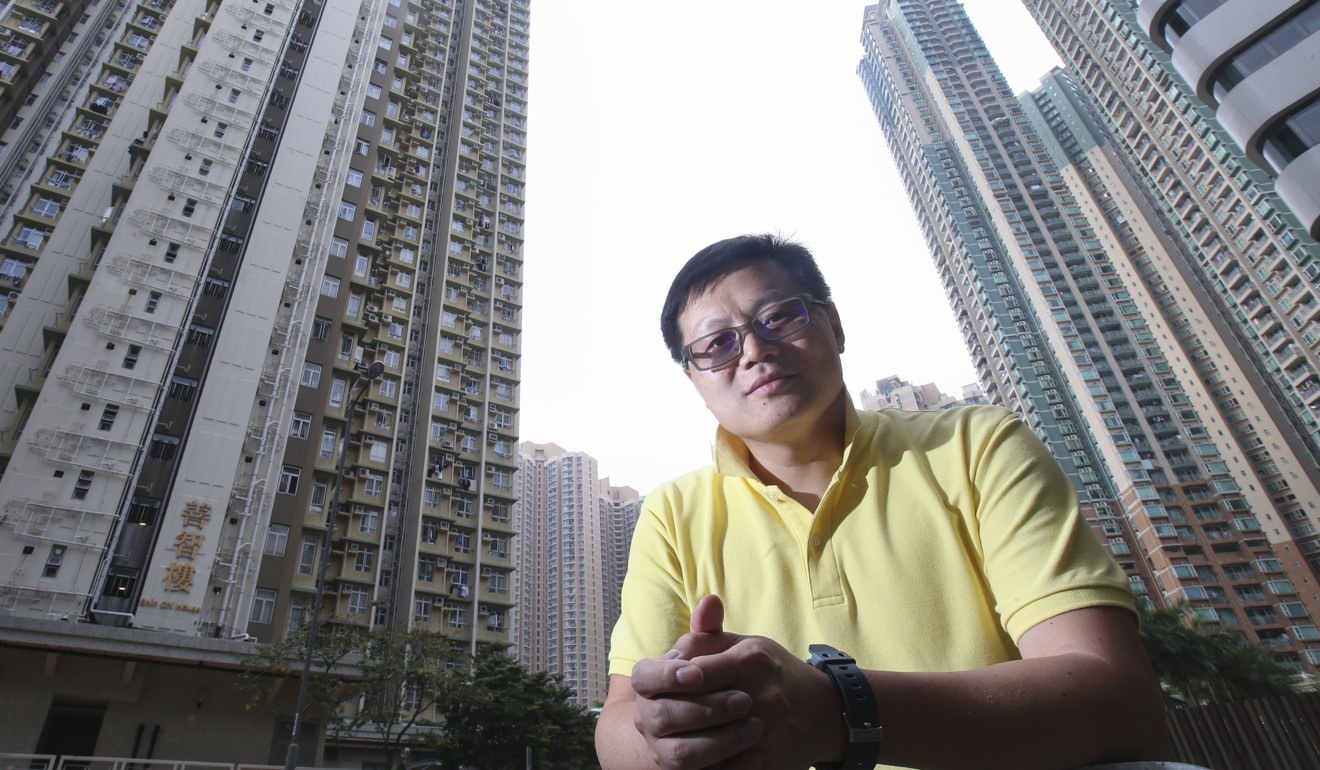
Until 2010, the only form of land sale was initiated by developers under the application list system, in which they would submit sealed offers for sites on the list. An auction would be triggered if an offer reached about 80 per cent of the government’s undisclosed reserve price.
Land supply dropped massively, with developers showing little interest. In 2008 only one site was sold. In the face of overwhelming criticism, the government scrapped the system in 2013, by which time property prices had soared almost 300 per cent from the Sars period.
“The [list system] is the most unreliable,” says Stewart Leung Chi-kin, chairman of the executive committee of the Real Estate Developers Association. “This is the government’s high land price policy at work.”
Professor Rebecca Chiu Lai-har, who heads the department of urban planning and design at the University of Hong Kong, says the earlier plunge in prices had enabled people to buy quality homes with more living space.
She cites her own research, which is not published yet, which found that the average living space per person in private flats increased by 22 per cent to 216 sq ft from 1998 to 2014.
But since then prices have been “spiralling to bizarre levels”, she says. “Our biggest problem now is that our affordability has worsened.”
The property price index increased by 364 per cent from 2003 to last year, but the wage index, before being adjusted for inflation, rose 49 per cent in the same period.
PAY MORE FOR LESS
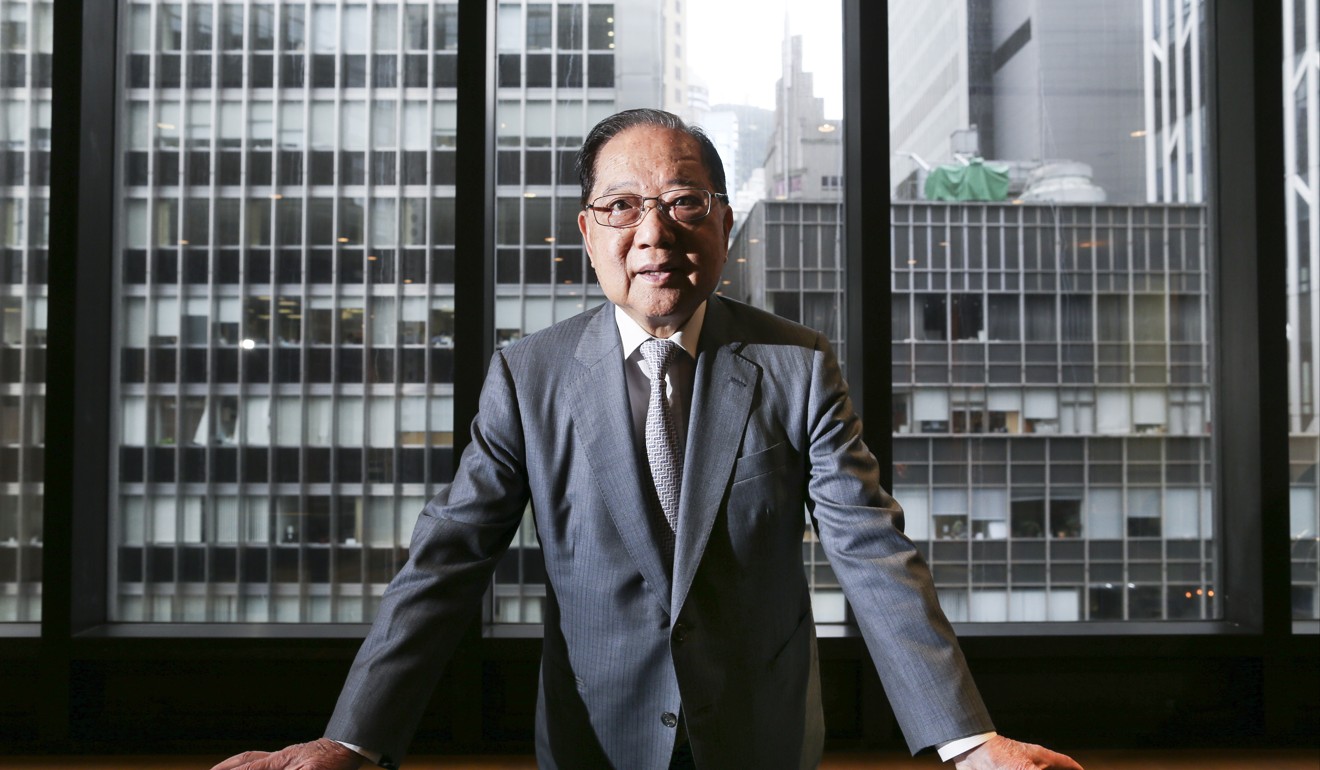
The number of completed private flats smaller than 430 sq ft reached its peak in 1999 at 7,000, then dropped to an all-time low of 600 in 2011. But the number bounced back to 4,000 last year, accounting for 27 per cent of all new flats.
Statistics show micro-flats did not see a prominent spike until 2013. Since then, developers have been building them at a pace faster than homes of any other sizes. The number of private flats under 215 sq ft catapulted from 81 in 2013 to 206 last year – an increase of 154 per cent. Despite the rapid leap in numbers, such flats account for roughly only 0.5 per cent of all new flats built in the past two decades.
The completion number of all sizes of private flats had only increased by 54 per cent.
A study last year by the Our Hong Kong Foundation think tank predicted that the number of private flats completed every year would grow by 60 per cent from last year to 2019, but the total floor area would increase by less than 30 per cent, meaning flats would be smaller.
“There is no reason why our homes should get bigger first, and then become smaller again,” Leung says.
Chiu says the biggest victims of this phenomenon are those who earn too much to qualify for public housing but not enough to afford a private home – the sandwich class.
About 92,000 families lived in private housing and earned between HK$20,000 and HK$40,000 a month in 2013, according to Chiu’s research in 2013.
“Many of these people have worked for at least 10 years or more and have a family with kids,” she says. “[The high property prices] will continue to limit what these families can afford in terms of flat sizes. The space they can afford to live in may get smaller and smaller while their stress keeps increasing.”
Although the list system has gone, land is now sold by sealed tender, with the highest bidder getting the site. If no offer tops the government’s undisclosed minimum price, the sale is cancelled. In February, a 127,000 sq ft site in Ap Lei Chau was sold to two mainland developers for a record HK$16.86 billion – or HK$22,118 per sq ft – for flats. It was almost 50 per cent higher than market expectations.
As flats become smaller, designs for private housing estates have become more flashy but less usable, according to veteran architect Vincent Ng Wing-shun. Before the handover, Ng says, developers built more practical flats with straightforward layouts. But in 1999, the government of Tung Chee-hwa, introduced a policy that granted an area no larger than 5 per cent of an estate’s gross floor area for clubhouses. This spawned large and extravagant clubhouses, with some featuring rock climbing facilities or cigar rooms – a phenomenon critics say raised prices rather than provided quality living space.
With the aim of promoting sustainable and innovative designs, officials have expanded the list of features eligible for such concessions to 13 items over the past two decades, such as balconies, common corridors and noise barriers.
Before a 2013 rule that developers should calculate and advertise prices based on saleable area – which includes balconies but excludes common areas, bay windows and other shared facilities – developers were allowed to advertise flats on the gross floor area after counting in and charging for shared features, which led to inflated flat sizes and confusing prices.
The scale of the inflation reached such an extent that ventilation between buildings was affected. The government eventually capped the granting of bonus floor areas to 10 per cent in 2010.
“Of course developers would take as much as they could,” Ng says. “It’s like if you go into a supermarket and they are giving out things for free, you would do the same thing.”
In order to maximise saleable area, Ng says developers now shrink corridors, which are not counted in that area, and reduce the size of each flat to cram more units on a single floor.
Kowloon Development’s Upper East project in Hung Hom, built in 2015, has as many as 36 flats on one floor, which is even more crowded than public housing estates built in the 1970s, where 34 households had to share a floor.
“The way our living environment has changed is not ideal,” Ng says. “We seem to be going backwards.
“We’ve moved away from good design and what is considered a liveable environment ... Private flats are supposed to be for those who can afford a better living environment, while public housing provides the basics. But now the question seems to be why is it going the other way round?”
The blessed and the cursed
It is perhaps no wonder why many young people now see public housing as their ideal. Between April 2015 and March last year, 24,000 single, non-elderly people applied for public housing, of whom 53 per cent were under 30. A whopping 81 per cent of under-30s were said to be students.
Public housing tenants are guaranteed at least 75 sq ft of indoor living space each. Housing Authority figures show the size of an average public housing flat has increased from 100 sq ft per person in 1997 to 142 sq ft per person this year.
“I have to say those who are living in new [public housing] estates are very blessed,” says Bernard Lim Wan-fung, chairman of the building committee of the Housing Authority, which develops and manages all public housing estates. “We have led in many areas such as energy efficiency and how we solve noise pollution. Even private developers copied us.”
“This is not just about flat sizes, but the overall living environment as well.”
Public housing residents have cut down energy consumption in communal areas by 42 per cent since 2000, according to the Housing Authority, while private residential developments have only reduced consumption by 11 per cent.
For a public housing estate of 215,000 sq ft or larger, 30 per cent of it needs to be greenery, such as sky gardens or rooftop farms.
Hung Fuk estate, built in 2015, features the city’s only public bus terminus with acoustic barriers to block out noise.
“Many residents living in urban areas said the noise from buses, which start operating at five in the morning, was too much to bear,” says Stephen Yim Yu-chau, chief architect of the Housing Department. “Our designs are based on what we hear from the communities.”
But not every eligible family or individual is lucky enough to get a public housing flat.
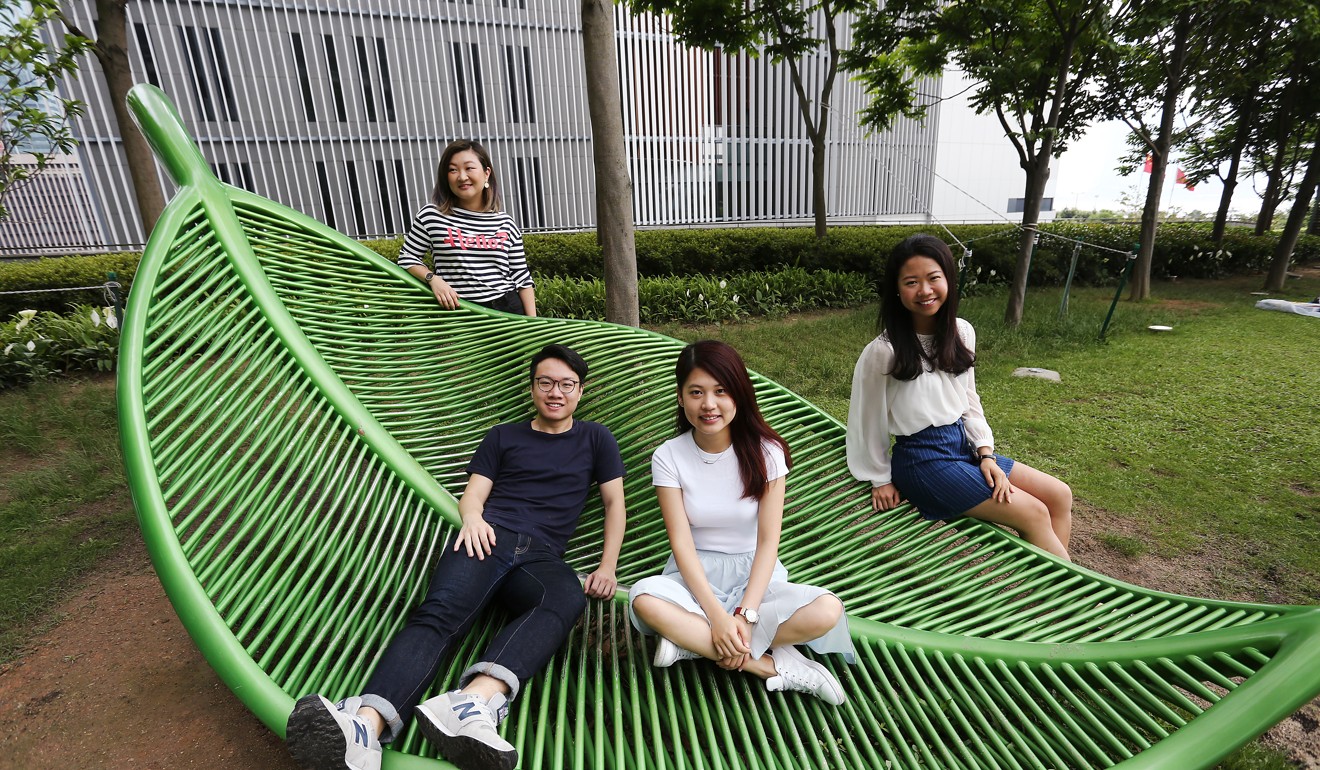
These low-income households are forced to rent privately, but the market is against them. Since 2003 the private residential rental index has increased by 129 per cent. Rents for flats under 430 sq ft have increased by 154 per cent, the highest among all sizes. Last year the median monthly rent in the private market was HK$10,000, almost double what it was a decade ago, while the median percentage of how much rent eats into monthly income was 31 per cent, compared to 25 per cent 10 years ago.
Some 200,000 people were living in subdivided units with a median living space per person of only 48 sq ft. About 30 per cent of these people were under the poverty line but paying an average of 43 per cent of their income for rents.
“I have seen many subdivided flats in horrible conditions, with no sound proof, ceilings peeling off, water dripping everywhere and landlords refusing to pay for repairs,” says Charles Ho Chun-kit, policy research officer of the Council of Social Service.
DIFFICULT TO CATCH A BREAK
“Since our homes are getting smaller and smaller, and the city is getting more and more packed, our public space has become especially important,” says Kathy Ip Tsz-ying, deputy secretary general of concern group Public Space Initiative. She urges the government to consider allowing non-profit organisations to design and manage public spaces, especially local ones, because the groups are based in the community and know what locals really want.
According to statistics from the government and think tank Civic Exchange, overall public open space grew 80 per cent to 2,000 hectares last year from 2008, and the space per person increased to 30 sq ft, exceeding the government’s proposed standard for the next 30 years of 27 sq ft.
But Ip says many public parks, especially pocket parks on small patches of land designed to serve local communities, are badly designed and managed.
A 2,000 sq ft sitting-out area on the junction of Queens Road East and Swatow Street is divided into two disconnected parts by an old walk-up in the middle. Both parts are fenced up with a long planter along the fence. Each part has a single bench, where people sit facing nothing but high fences and walls.
To encourage private developers to provide public facilities, like parks and walkways, in private housing estates, such as parks and walkways, the government will exempt such places from gross floor area. meaning developers are offered extra floor areas. But Ip says developers have made the entrances of facilities hard to find, turning them into de facto private areas.
The Avenue in Lee Tung Street, Wan Chai, jointly developed by the Urban Renewal Authority, Hopewell Holdings and Sino Land in 2014, features a public park on the fifth floor of the estate’s shopping mall.
But the entrance to the lift leading to the podium is designed like a private residential building entrance, which has deterred many passers-by, and the estate management did not put bigger direction plates in clearly visible spots until a public outcry last year.
The public are also banned from a list of activities in the park, such as singing, playing music or games, using foul language and walking dogs.
Even in government-managed public spaces, many activities are banned. The list at the 2.8-hectare Kai Tak Runway Park includes cycling, playing ball games, using radio-controlled models and skateboarding.
PLAN FOR TOMORROW
Ip says the reason for the bad designs and management is that government officials have followed a set of guidelines and standards that have many restrictions, such as which materials should be used for pavements, which grass areas are only for looking at and not sitting on, and what activities must not be allowed in order to avoid causing a nuisance to others.
“It’s very bureaucratic,” she says. “Different departments have their own sets of rules but they don’t talk to each other.”
She cites the High Line Park in New York as an example, which is built on an elevated section of an abandoned railway and has become a much celebrated and enjoyed public park. The park, owned by the City of New York, is designed and managed by a non-profit group called Friends of the High Line.
But the call for more social sector involvement is not limited to public space. Charles Ho Chun-kit, policy research officer for the Council of Social Service, says prefabricated housing is badly needed to temporarily accommodate young people, victims of family abuse, elderly in need and those still waiting for public housing.
In the Netherlands, he says, modern and affordable container flats are springing up, all developed and run by the country’s 363 social housing enterprises on government-guaranteed, low-interest loans.
In London a local council has created a low-cost “pop-up village” formed with prefabricated buildings with shops and flats to provide transitional housing.
In Belgium there are 48 social housing enterprises, running about 6 per cent of the country’s housing.
“Many Hong Kong regulations are in line with British ones,” Ho says. “If Britain can do this, why can’t we?”

While the government remains uncertain about this new initiative, Ho calls on private developers to grant the council a plot of land for at least three years to test the idea.
The private sector also has its demands. Stewart Leung, of the Real Estate Developers Association, says the high land price, or premium, has prevented developers from building cheaper homes, while an arbitration system designed to give developers more bargaining power is riddled with restrictions. He says the association has been in discussion with the government on improving the system.
Stewart Leung says developers have also been trying to improve the quality of life for residents of at private housing, with clubhouses featuring more arts and children’s play and learning facilities.
As to the changing face of facilities at private estates, New World Development vice chairman Adrian Cheng Chi-kong says echoes Leung, saying his company has been promoting “artisanal living”. Its latest development, Mount Pavilia in Sai Kung, features a clubhouse with an art gallery, sculptures, scattered around the public space, wind-powered and solar-powered electricity generation facilities and a sustainable ecosystem.
“We are not doing anything flashy, such as using gold or diamond as decorations,” Cheng says. “It’s more of an attitude towards our future life.”
To make tiny flats more livable, architect Vincent Ng Wing-shun urges the government to relax ceiling and building height restrictions, so there is more vertical room for designers to be creative.
Architect Ng says society should tell the government should be told what kind of living standards and environment are unacceptable.
“Society should not just accept reality and say ‘that’s just how it is’,” Ng says. “The government has a responsibility to listen to what society says and take action accordingly,” he says.


